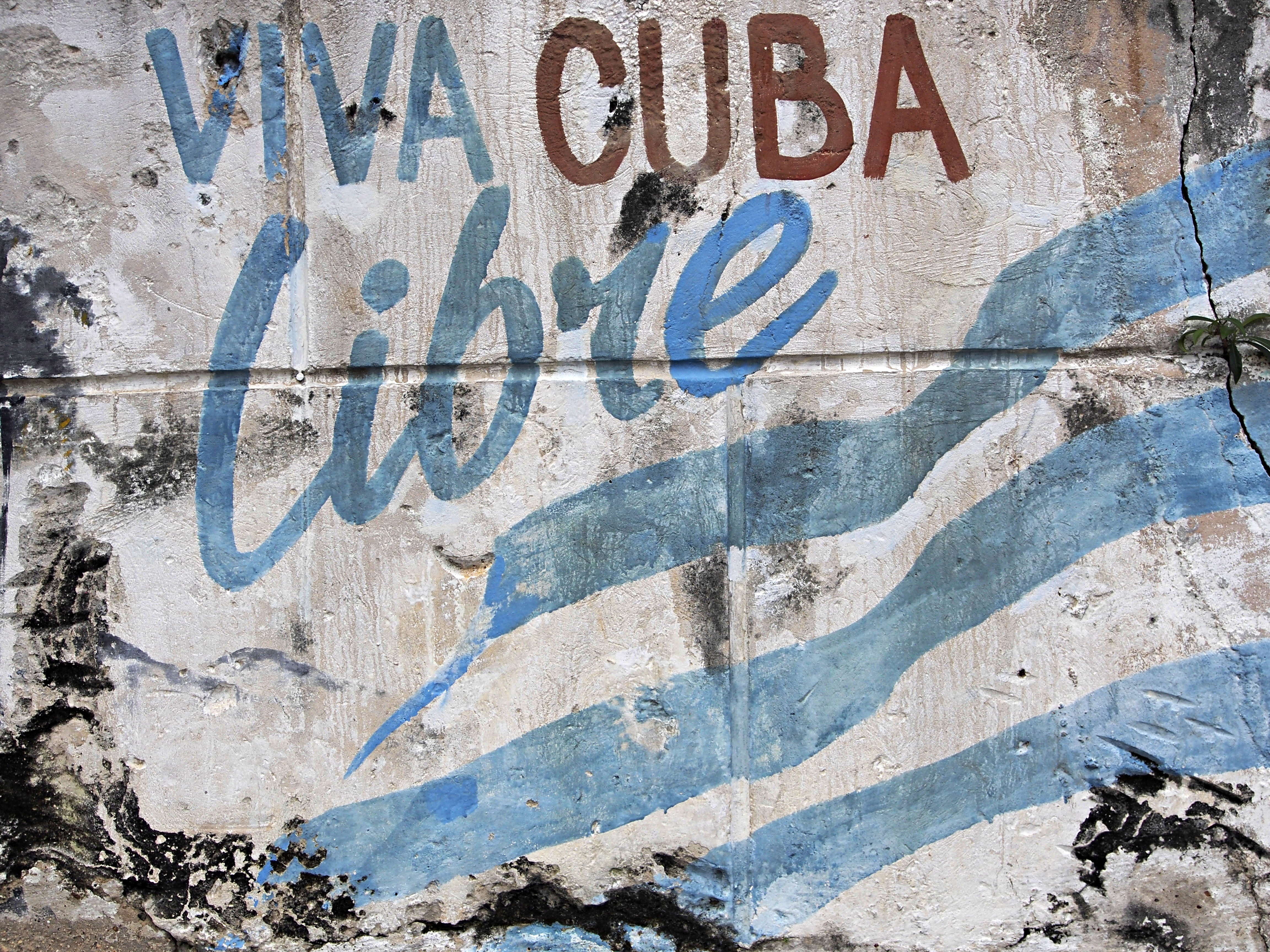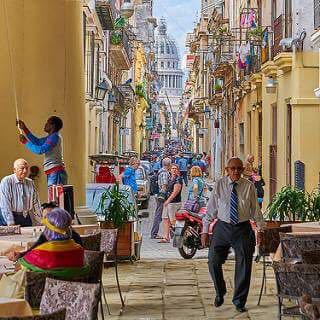
The issue of heritage preservation is a difficult subject in a rapidly modernizing and urbanizing world, with global capital’s influence reaching into every corner of local economies. When cities look for preservation funds from outside sources, how does this affect the preservation of heritage infrastructure? What buildings are prioritized? In many contexts, this has led to the gentrification of certain (typically historical and tourist) areas which leaves locals displaced from their homes with little monetary compensation or aid. In developing countries, this can mean that locals are left with dilapidated buildings, collapsed roofs, and inconsistent and inappropriate infrastructure.
Struggle Between Social and Economic Factors
This is important because:
- Funding and support typically stays in the gentry level and does not trickle down to locals, as is commonly believed about capital flows.
- Those with the wealth and status are the ones that get to decide what types of heritage are preserved, including which narratives shape civic identity.
- In the context of Havana, this leaves a majority of locals (self-identified as Habaneros) in extreme poverty and prioritizes tourists with dollars over locals with pesos (Scarpaci, 2000).
Society’s daily functioning, governmental decisions and city planning are all being aimed at creating an idealized Cuban experience; redefining and promoting the idea of cubanidad (Morawski, 2014). This may have devastating consequences on the authentic culture of Habaneros who have built their homes and lives without modern amenities and in the face of much adversity.
This is an issue that affects the economy, social memory, and national identity of locals. Erasure of the past (including the legacies of heritage infrastructure) can remove the histories of colonization that create place. Since its incorporation in 1519, Havana has developed into a city of approximately two million people (Rojas, 2003). While the population has grown and changed, the townscape and buildings have remained almost identical to pre-communist Cuba. Due to the Castro regime’s communist ideology and isolation from American influence, their cultural development remained relatively untouched by globalization. This allowed their culture to flourish, true to their traditions, heritage and daily life.
The Impact of Globalization

As the world globalizes and nation states become more and more involved in each other’s cultural economies, money holds great influence and can have a great impact on narratives of national identity.
This can and has happened on a global scale, with evident changes in Dubai and Beijing. Havana, as the capital city, is now going through the globalization machine to make a newly imaged Cuba, one that is trying to forget its communist past.
Since the fall of the communist regime and Soviet Block the new Cuban government has made efforts to gain foreign exchange and internationalize their economy, primarily through tourism (Venegas, 1997). They have encouraged rapid modernization to keep up with the steady inflow of tourists but often forget heritage preservation in the process.
In the lead up to their 500 year anniversary there has been a move to restore the neglected heritage sites in Havana’s city centre. Due to the lack of their own funding, they have looked for preservation funding from private or international sources. While this does help Cuba’s globalization, it does bring issue to how building restorations are prioritized, does it truly preserve the Cuban identity and who are the intended users?
References
Rojas, Angela. (2003) Memory, Values and Teaching in Havana. In: 14th ICOMOS General Assembly and International Symposium: ‘Place, memory, meaning: preserving intangible values in monuments and sites’, 27 – 31 oct 2003, Victoria Falls, Zimbabwe. http://openarchive.icomos.org/512/
Scarpaci, J. (2000). Reshaping Habana Vieja: Revitalization, historic preservation, and restructuring in the socialist city. Urban Geography, 21(8), pp. 724-744. Available from: doi:10.2747/0272-3638.21.8.724 [Accessed 26th January 2017].
Venegas, Cristina. (1997). Cuba and Internet Development: Critical Considerations for Caribbean Cyberspace. Communicare 16(1), pp. 49 – 56.